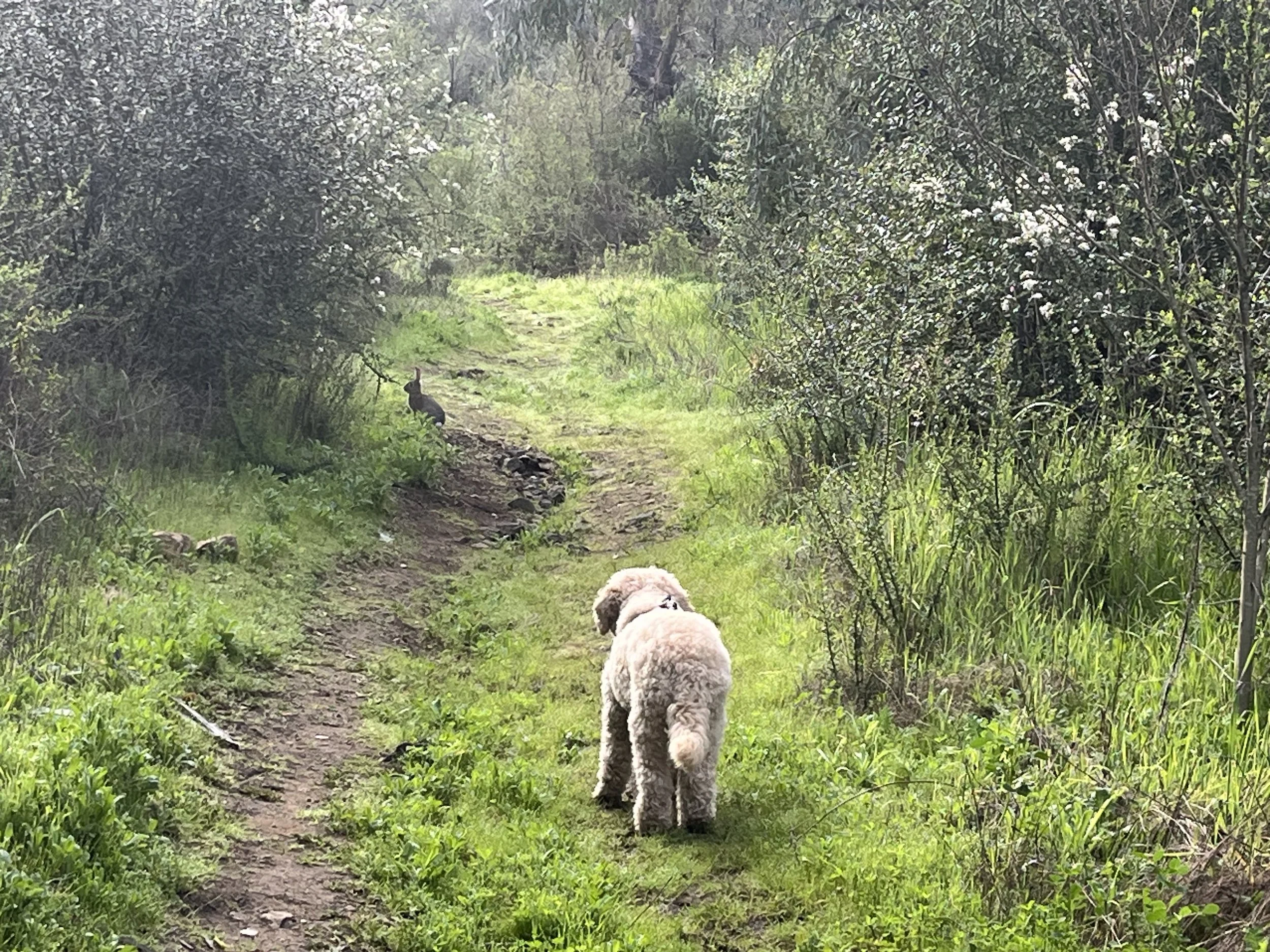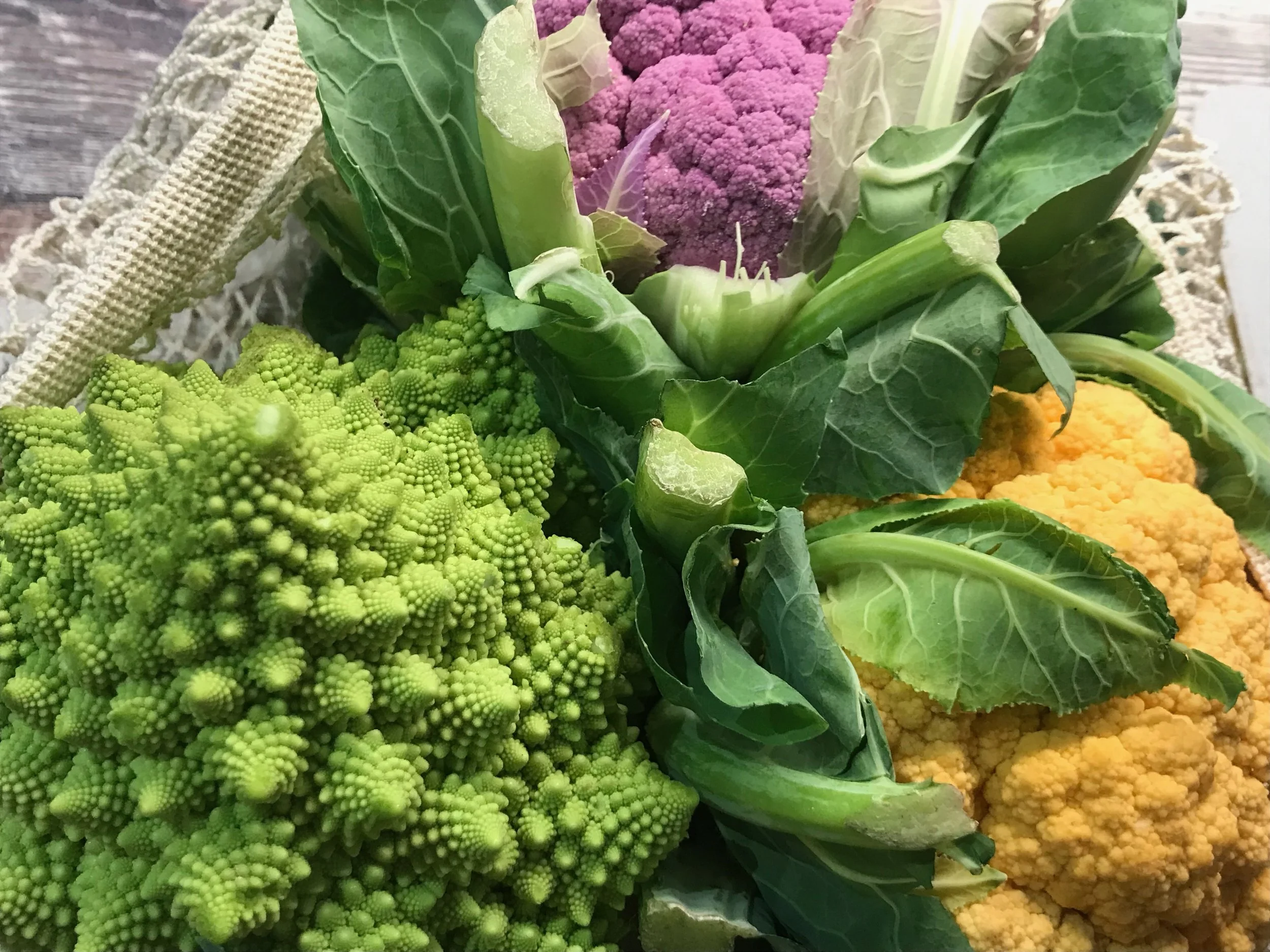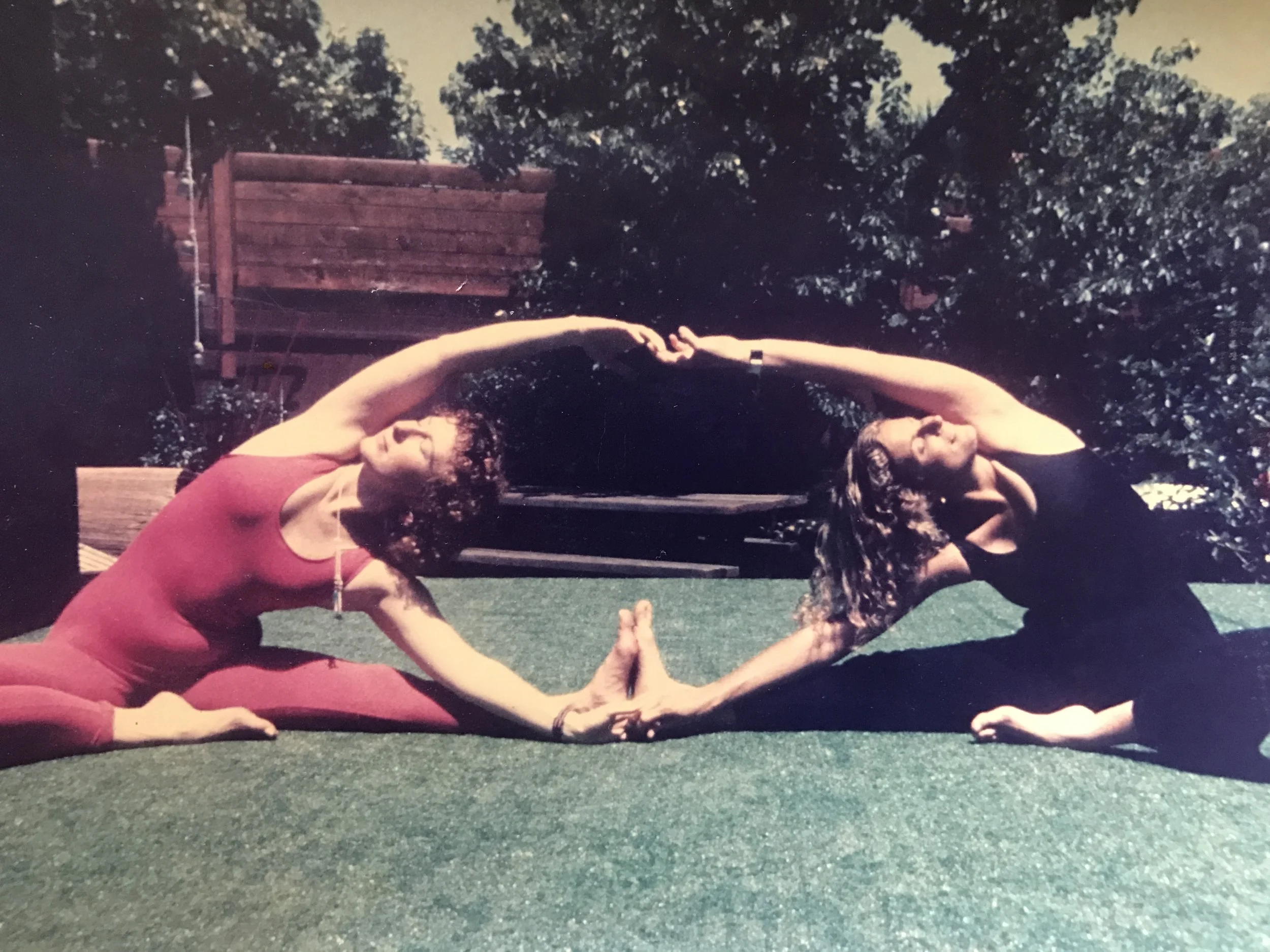
BEGIN YOUR WELLNESS JOURNEY.

Key Pillars of Lifestyle Medicine:
-

Real Food Nutrition
When working with a new client, I generally start with what they are eating. Sometimes they may agree to do a food journal or something more in depth, like an Elimination diet to dive more deeply into how their body responds to certain foods.
To me, there is nothing more important or basic than what we choose to eat. Food, including the plants we use as herbs and spices is truly medicine. When I choose a food for myself, either buying my produce for the week at the farmers market or choosing a meal at a restaurant, I ask myself what it will give me. What are the colors and textures of the food. If it was purchased at the farmers market, is it organic and how was it grown? If it came in a package, do I recognize the ingredients on the label.
Based on each client’s needs, together we look at preferences and how their body responds to certain foods. At this point, the Elimination diet will give us a lot of information. From there, together we create a plan. Shopping, cooking and eating are important activities, basic to being human. Since the beginning of human existence, how we choose our food involves many of our most important senses; it is a physical, social, emotional and even spiritual activity.
I am honored to work with each person in this creative and joyful way, discovering together the ways of choosing food that works best for them.
-
Posture and Alignment
Over forty years ago, when I began to study Structural Integration, the work of Dr. Ida Rolf, I realized the importance of human alignment. Good posture affects everything we do. The activities of daily living, including things like standing at the kitchen sink, squatting to get the clothes out of the washing machine or reaching up to a high shelf to bring something down to a level surface all are easier done with good posture.
Not only does good posture look good, it enhances the function of the organ systems. Constant sitting in chairs compresses the spine, forcing a forward head posture and can also create compression fractures that people don’t realize they are there. If we make a habit of retracting the chin, our spine will lengthen and our lungs will expand, giving us more energy. When lifting weights in the gym, it is imperative that we use good alignment. The beauty of doing Yoga and Pilates encourages using good posture, focusing on the quality of the movements, essential to these practices. My hope is that when we learn to do them in our Yoga and Pilates classes, they will follow us into our everyday lives.
A simple movement like doing a chin retraction, aligning the ears with the shoulder joints will lengthen the spine; the more good alignment, the more energy without competing with gravity. If done throughout the day, it will allow all the organs to function as they were meant to.
-
Rest and Rejuvenation
One of my Yoga students, a former high school football coach in his late seventies, told me he looks forward to coming to class. When I asked him if he had a favorite asana (position), he said, “The one where you lie down on your back with your hands behind your head and your elbows spread open.” I asked him what about that position felt good to him, and he told me that it felt to him like he was making his spine longer in that position. Actually, when done properly, you could lengthen the spine doing that.
When he first started coming to class, he could barely open his arms. His shoulders were tight from the years of football practice, making his pectoral muscles thick and bulky. Over weeks of classes, he started looking forward to our Yoga classes. He told me that it felt similar to how he felt during and after football practice; at first he would dread going, but he knew that by the end of practice, he would feel great. The openness of his shoulders after a Yoga class was worth the initial pain.
For me, after practicing Yoga for fifty years, and teaching it for over thirty of those years, I include the expression of expansion as part of the practice. Yoga has a quality of openness and expansion that I haven’t felt in other practices. A big part of this, I believe, is our body’s connective tissue (fascia), the glue-like substance that wraps all our tissues and molds to how we use it. Ida Rolf, the brilliant biologist who was the queen of human fascia, knew this best. Thankfully, she taught this so that the idea of the body’s shape and form molding to how we move, carries on. To me, Rolf and the great Yoga masters were teaching the same principles.
-

Safe Movement
Humans have been doing Yoga for thousands of years. The Yoga asanas (postures) are classic movements that include seated and standing postures that are often held for several minutes; breathing techniques and meditations are also included. The long holds of postures allow the body to release tension in the muscles and joints, so that we breathe more deeply, shifting the body into the parasympathetic, restful part of the nervous system. Coordinating the breath with the postures is an important part of every Yoga practice and Shivasana, Corpse Pose, is practiced at the end of every class to allow the body to absorb the postures that were done in that day’s practice. Yoga Master B.K.S. Iyengar, called Shivasana the hardest pose, even though it is classically done lying in a prone position for several minutes before the class is over. What could be hard about that?
In India, where Yoga began, they often separated the classes by age, teaching younger people highly energetic postures where they were actively jumping, hopping, balancing on one leg and doing arm balances that required tremendous strength. On the other hand, as people aged, the classes were slower and appropriate for those age groups.
Here in the West, the idea of separating age groups in classes was not considered until more recently. As bone health has become an important topic and bone diseases like Osteoporosis and Osteopenia have spread, the idea of older women building muscle and bone density using weights guided by physical therapists has also spread. Research starting in Australia has been positive; instead of older women holding back from doing intense lifting in the gym and other active ways of building muscle and bone, they are now moving forward in gyms everywhere. Women over fifty are getting more confident as they develop stronger bones and, for the first time are reversing bone disease. With confidence comes the use of good posture in everyday movement.

Below are the basics of an elimination diet, which I use to identify food sensitivities in my clients. We will work together to track how specific foods impact each individual. I provide my clients with a detailed guide on how the elimination diet works, and they track their symptoms for us to discuss together. Depending upon their reaction to certain foods, I will make recommendations to alter their eating habits temporarily or permanently.



